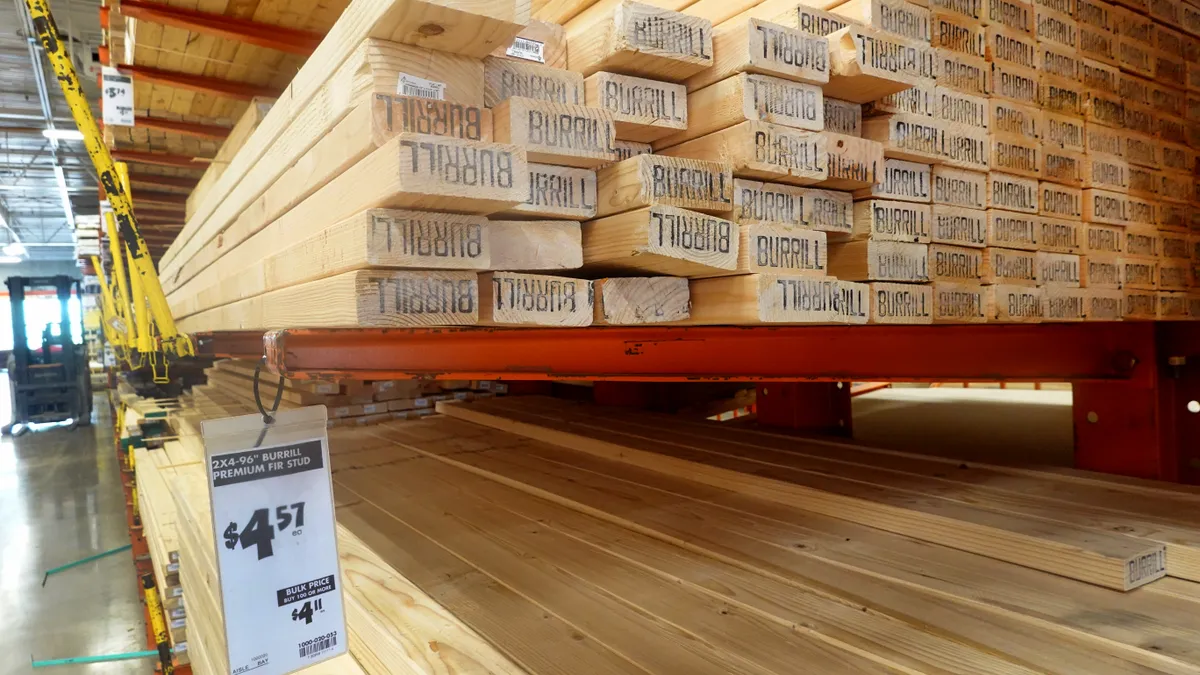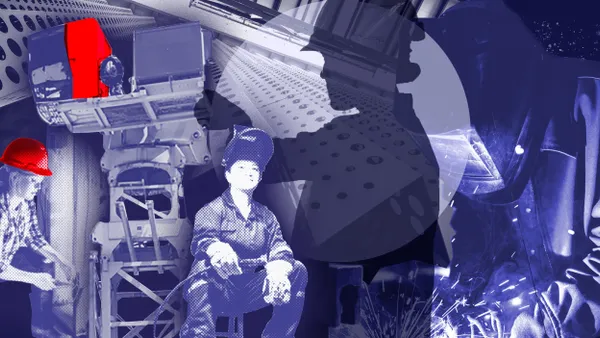Technology has quite literally brought the world to our fingertips. The touch of a button or click of a mouse shows us wonders built on the other side of the world or lets us watch puppy videos that make us laugh. The internet has grown into a tool that is utilized by 77% of Americans daily. In fact, that number increases to 94% when expanded to 15 – 24 years’ old worldwide. The surge of technological advancement brings a slew of new experiences — from how we communicate to our expectation of how quickly things are available — we’ve become adapted to having information immediately. For companies to connect with the younger generations, they will need to join the digital world. However, it’s important to understand that making any move to digital should answer an important question — what is its benefit?
Utilizing technology is one way to make a connection with the next generation of workers, in fact, it’s absolutely necessary. Although the construction industry has a natural appeal — it’s hands-on, offers traveling opportunities, provides job satisfaction and more — it can be thought of as a fallback or secondary career choice. It has become typical to think attending a traditional college is required to be successful when the reality is many who graduate with a 4-year degree are finding it difficult to gain employment. Alternatively, construction laborer made CareerBuilder’s list of top jobs to get ahead in 2018 and does not require a college degree while nine other construction positions were included on Indeed’s list of best jobs to have. With the industry facing an estimated shortage of 1.5 million craft professionals by 2021, appealing to the younger generation is a must. We have to demonstrate to the younger generations and their parents that construction not only has jobs of high value, in both income and fulfilment, but that it will remain relevant and is growing in connectivity.
Although the construction industry has not been known for being a leader in technological advances, it has incorporated innovative processes that stand out, such as building information modeling (BIM) that provides a 3D digital representation of a building. The youth of today have grown up with internet access and they will expect to see companies streamline experiences and understand digital is a way of doing things, not a side product. The “exciting” innovative technology, such as training through augmented reality and using exoskeletons, is a small portion of how the construction industry is adapting technology in day-to-day usage. The students of today will expect to see technology incorporated in everyday processes throughout the company, from training to connecting the office and field. This is being recognized within the industry as well, McKinsey & Company reports that some of the most popular technologies being invested in and utilized over the last six years are practical systems such as document-management, performance management and field productivity. A significant impact of these particular technologies is that they are accessible from the field and allow changes and updates to be made promptly.
As the majority of young people are using the internet, digital technology must be included throughout companies’ developments and products. At NCCER, as a construction education foundation, we started with our online Registry System by maintaining industry-recognized, portable credentials and certifications for craft professionals. Understanding that blended learning and untraditional classroom settings are part the appeal for those who like to work with their hands, we consciously chose to develop an online testing system as the next step in our own digital movement. With the testing system, craft instructors have less administration requirements which gives them back more time to ensure their students are getting ample practical experience. When the younger generation eventually grows into new roles in the construction industry, online testing will resonate as they are familiar with digital components in learning. Understanding that the world will only continue to grow in connectivity, NCCER considers the online testing system just a step on the path to going digital followed by a fully online curriculum coming in the near future.
Incorporating digital technology should be done in such a way that it’s providing value and creating a seamless integration within your company. To appeal to the younger generation and show that construction is an industry of choice, we have to continue embracing the technology movement that has become part of our daily lives. We cannot be content to have a few innovative pieces of technological advances, as interesting as they may be, but rather must incorporate technology into our companies, from how we design and build to how we connect to the office from the field and how we train on a daily basis. Construction does not mean merely digging ditches; it’s an industry of high skill and demand as well as one that we depend on for our standard of living. We must streamline technology within our processes and understand that, by doing so, we are providing value and becoming relevant in the eyes of the youth.










